“Jane Says,” the alt-anthem that defines Jane’s Addiction, began in the seedy underground. The nearly five-minute pre-grunge track cleared the decks for flannel and combat boots to reach suburban malls.
Videos by American Songwriter
Jane’s Addiction straddled the space between alternative rock and Hollywood hedonism. The band’s 1988 debut Nothing’s Shocking became the first mainstream alternative rock album. They successfully fused the Los Angeles post-punk underground with funk and metal—the same scene that birthed the Red Hot Chili Peppers and Fishbone.
Yet, singer Perry Farrell had bigger ideas for the underground. He packaged a not-fit-for-print subculture into the pop culture-shifting Lollapalooza. (Farrell is the festival’s co-creator.)
Pigs in Zen
Where other alt-rock stars like Kurt Cobain and Eddie Vedder eschewed fame and the indulgences of success, Jane’s Addiction was unapologetically carnal.
Their debauchery mirrored Guns N’ Roses and Mötley Crüe, but Jane’s Addiction was part of a very different scene. Theirs was defined by the goth of Siouxsie Sioux and the brooding post-punk of Magazine. Guitarist Dave Navarro is part Eddie Van Halen, part John McGeoch, and had he been in any other L.A. band, he might have sounded like George Lynch.
But he didn’t. Instead, he played songs like the 11-minute sex and drugs meditation “Three Days,” while making out onstage with Farrell.
Though “Jane Says” plays on rock radio as often as “Stairway to Heaven,” the music scene the band helped kickstart couldn’t have been more disparate. (As an example, music fans became familiar with the shock-show Jim Rose Circus due to Lollapalooza.)
The Los Angeles group’s signature song is a monotonous, two-chord anthem with a real person behind it. The woman behind “Jane Says” also gave the band its name. But who is Jane?
Jane’s Addiction
In the early ’80s, Perry Farrell lived in a group house in Hollywood. One of his housemates was Jane Bainter, who struggled with a drug addiction and an abusive boyfriend named Sergio.
Jane says, “I’m done with Sergio
He treat me like a rag doll.”
She hides the television
Says, “I don’t owe him nothing,
But if he comes back again
Tell him to wait right here for me, or,
Try again tomorrow.”
I’m gonna kick tomorrow
I’m gonna kick tomorrow
Farrell said Bainter talked endlessly about going away to Europe, and the song is mostly true. (Bainter clarified that she never sold her body for sex, as the song implies.)
Jane says, “Have you seen my wig around?
I feel naked without it.”
She knows they all want her to go
But that’s okay, man, she don’t like them anyway
Jane says, “I’m going away to Spain
When I get my money saved
I’m gonna start tomorrow.”
I’m gonna kick tomorrow
Ocean Size
Jane’s Addiction signed with Warner Bros. Records in 1986. They had created such a buzz that the label offered them a reported advance of $300,000—the biggest at the time.
Warner Bros. suggested they record their debut with producer Mike Clink, who was responsible for Guns N’ Roses’ colossal Appetite for Destruction. But Farrell rejected the idea and instead chose Dave Jerden.
Jerden engineered and mixed Remain in Light by fellow art rockers Talking Heads. The production of Nothing’s Shocking retains many ’80s hallmarks like cavernous reverb. When Jane’s Addiction returned in 1990 with their second album Ritual de lo Habitual, you could hear the sound of a new decade.
“Jane Says” appears late in the track listing, and the guitars echo the second part of Led Zeppelin’s “Over the Hills and Far Away.” While Navarro referenced classic rock, Farrell—the Godfather of Alternative Music—sang like Siouxsie Sioux.
But the band’s secret weapon is its rhythm section. Drummer Stephen Perkins and bassist Eric Avery propel the band with world rhythms and melodic punk. Avery’s arpeggiating bass lines are as crucial to Jane’s Addiction’s sound as Navarro’s goth-metal shredding.
Additionally, Perkins drives “Jane Says” by banging out an island rhythm on steel drums.
Jane’s Story
Bainter, from Arizona, graduated from Smith College before cramming into a house on Wilton Place in Los Angeles with a dozen musicians. (Farrell and Avery were two of them.)
Her drug addiction brought tumult into the house, and she said when things soured, her roommates blamed “Jane’s addiction.”
Farrell used the phrase to name his band. She said one day, he and Avery burst into her room and shouted, “We’re going to name [the band] Jane’s Addiction!”
Jane’s Famous
As Jane’s Addiction became popular and Bainter’s image appeared on the vinyl version of their first album, her parents struggled with their daughter’s very public descent into L.A.’s subculture.
Bainter told the Los Angeles Times, “The story of Jane has a happy ending.” She quit drugs and credits her parents with helping her survive the dark years.
Meanwhile, Jane Bainter eventually did get to Spain.
When you purchase through links on our site, we may earn an affiliate commission.
Photo by Mauricio Santana/Getty Images

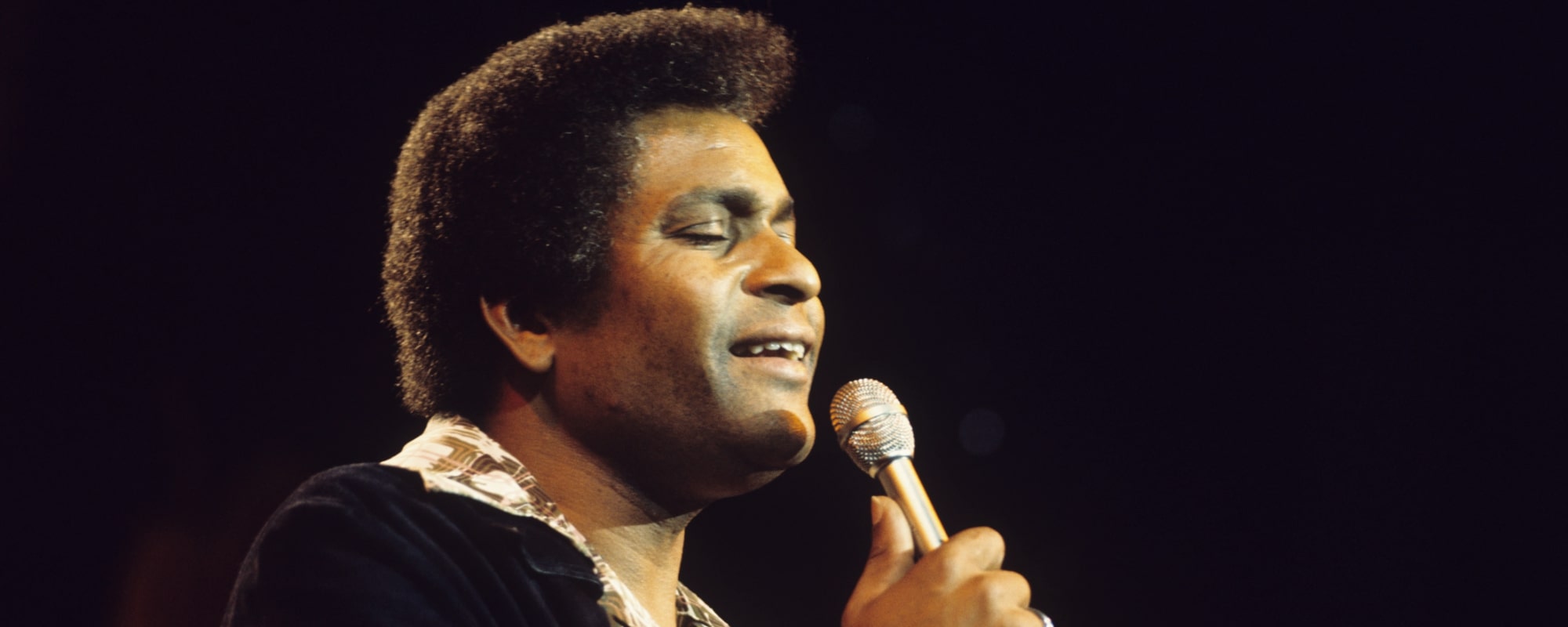


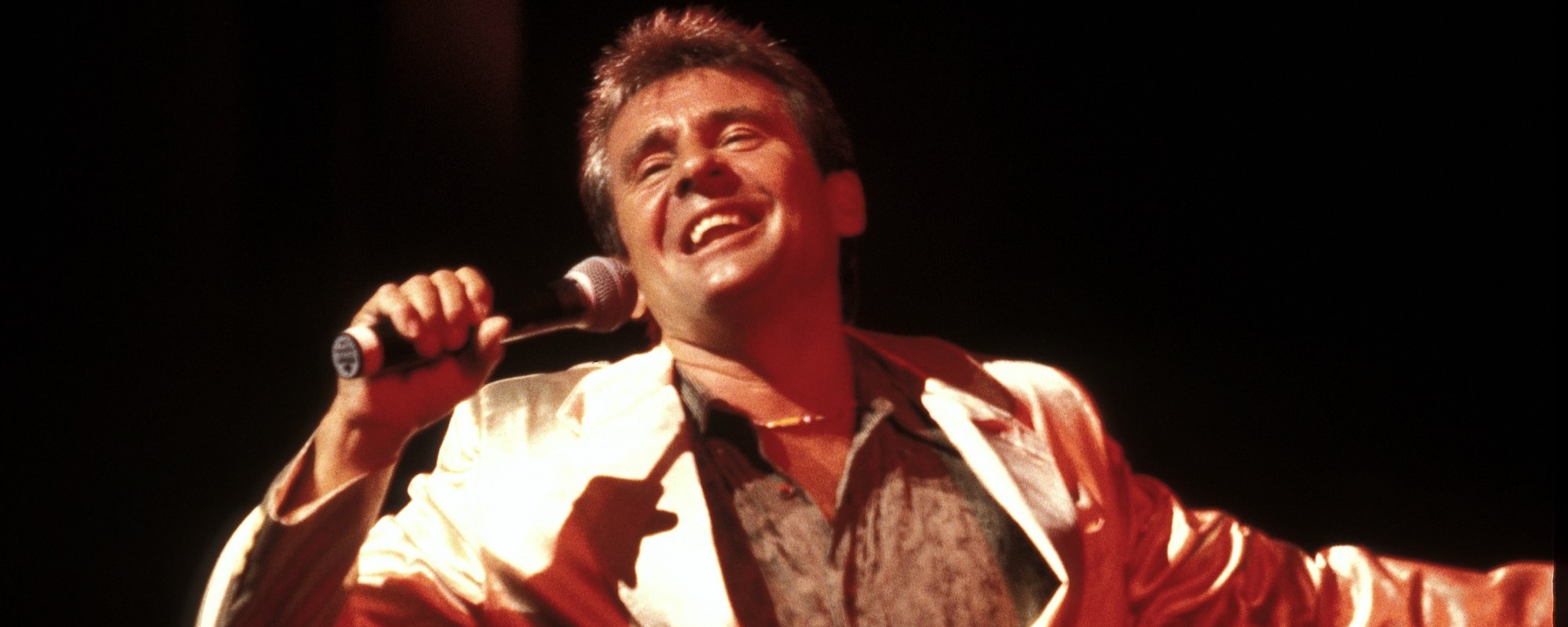

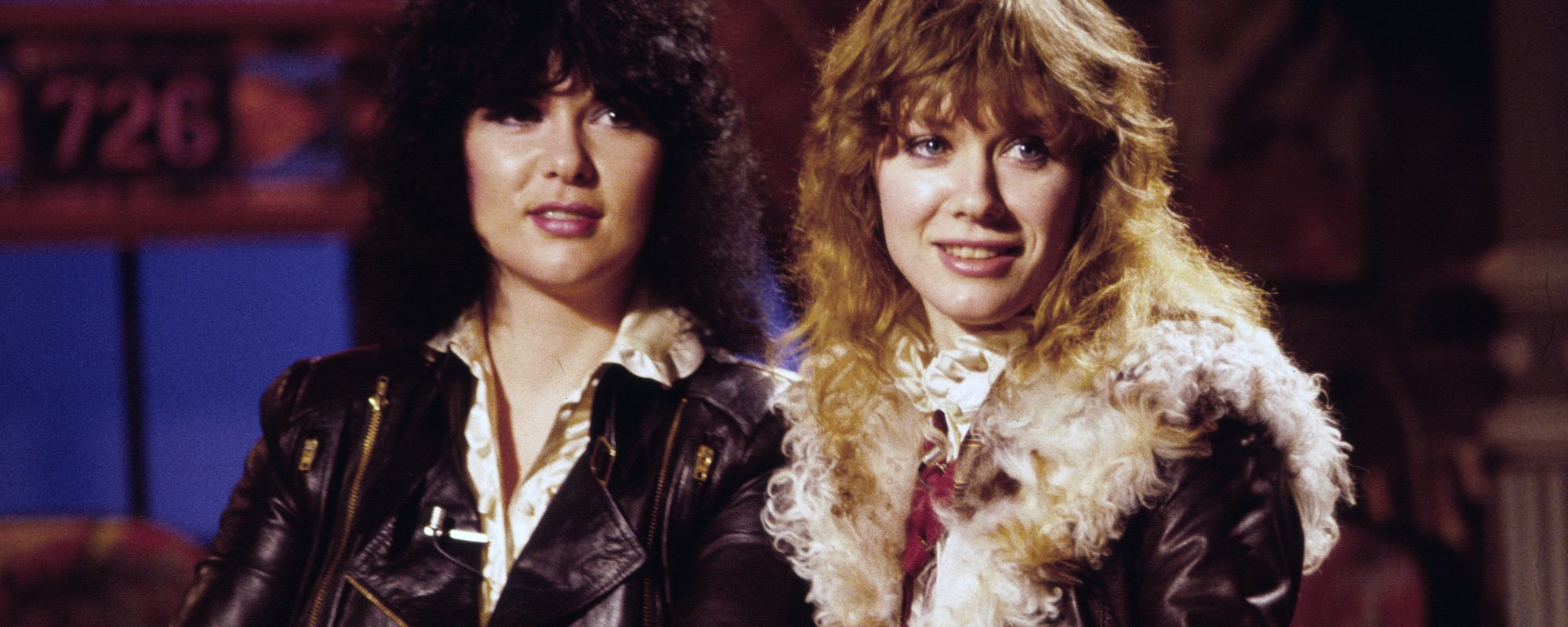
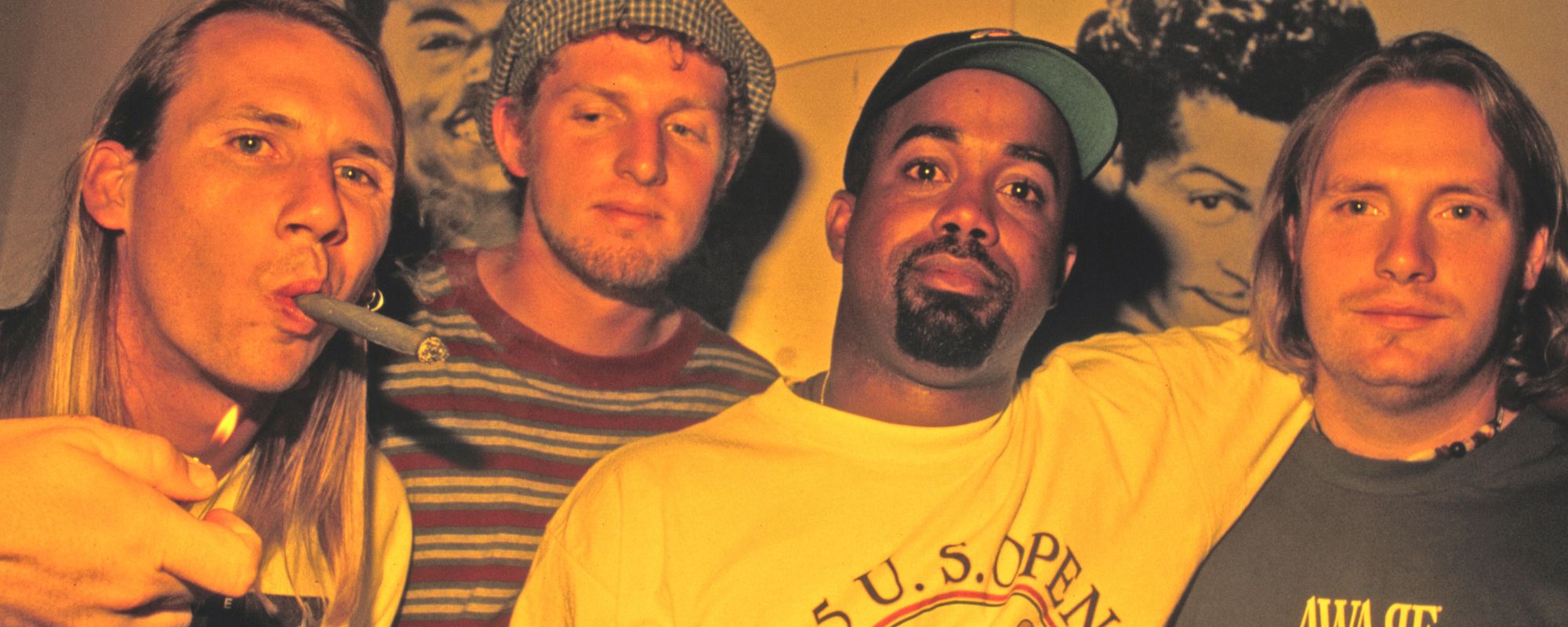

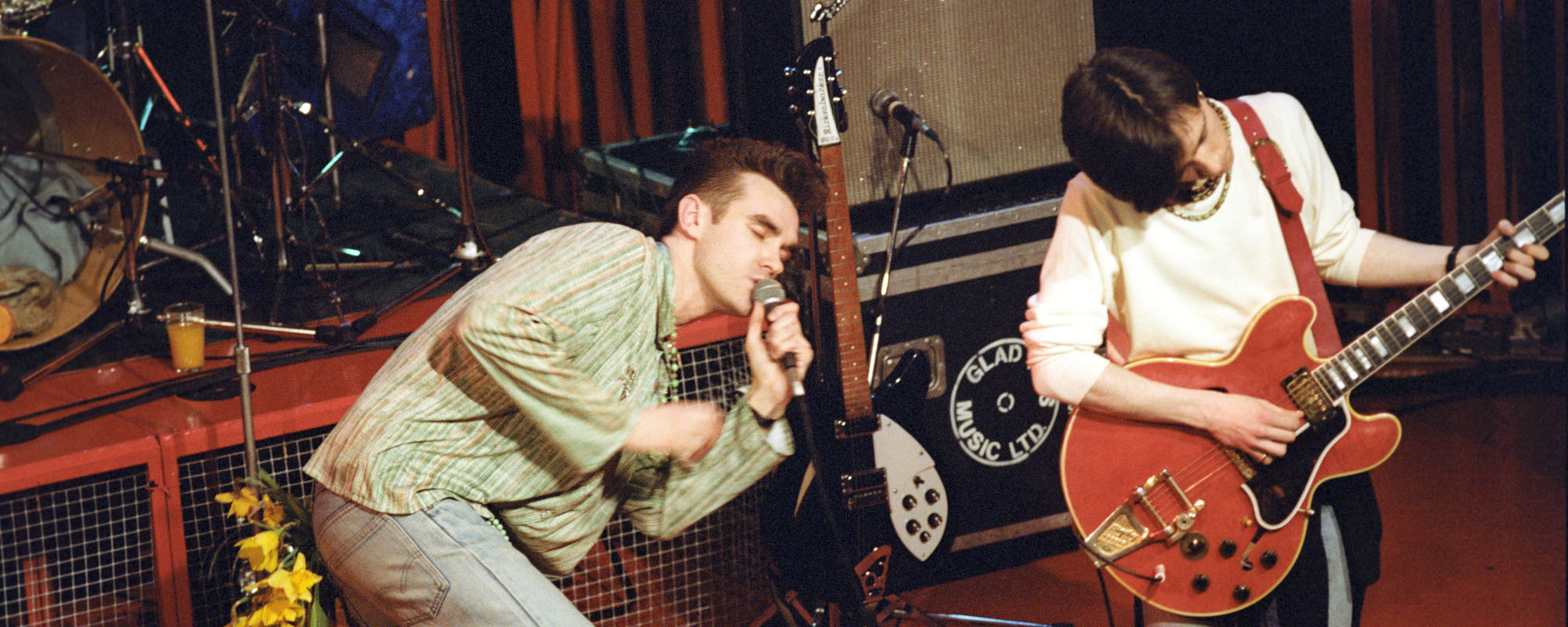
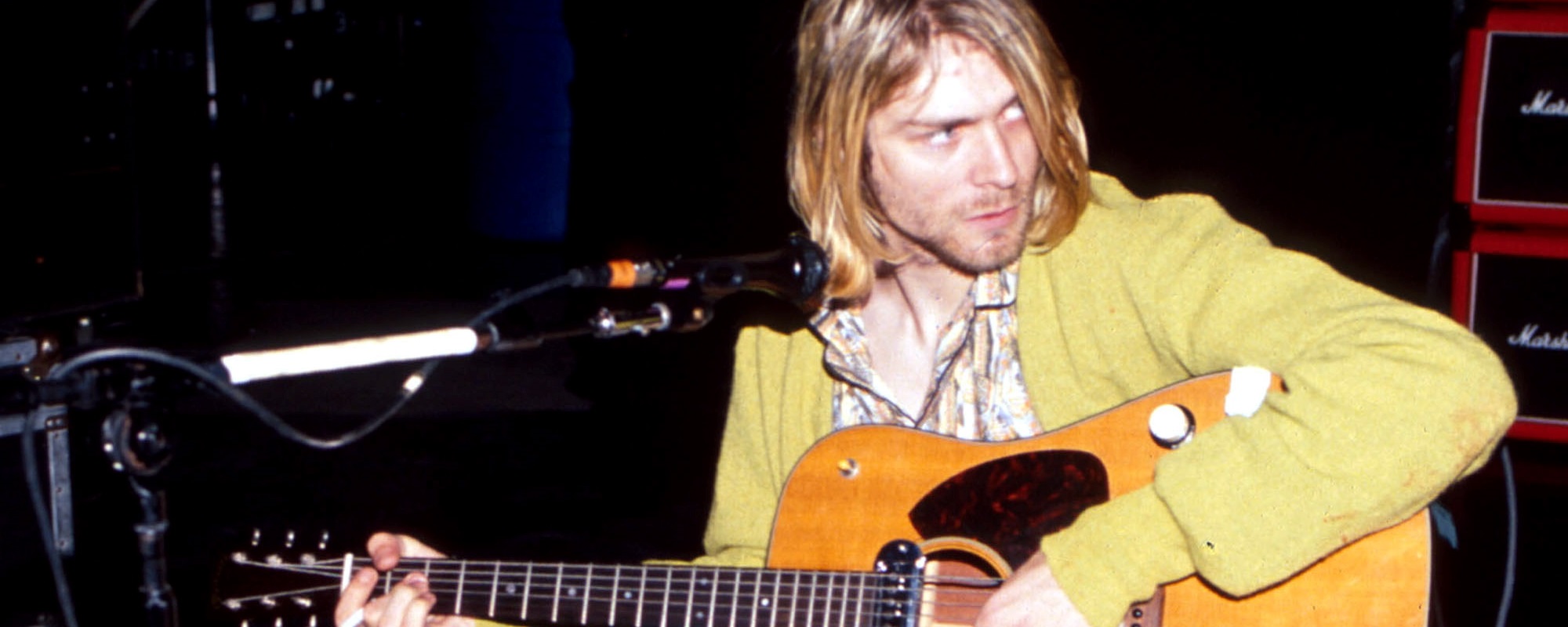
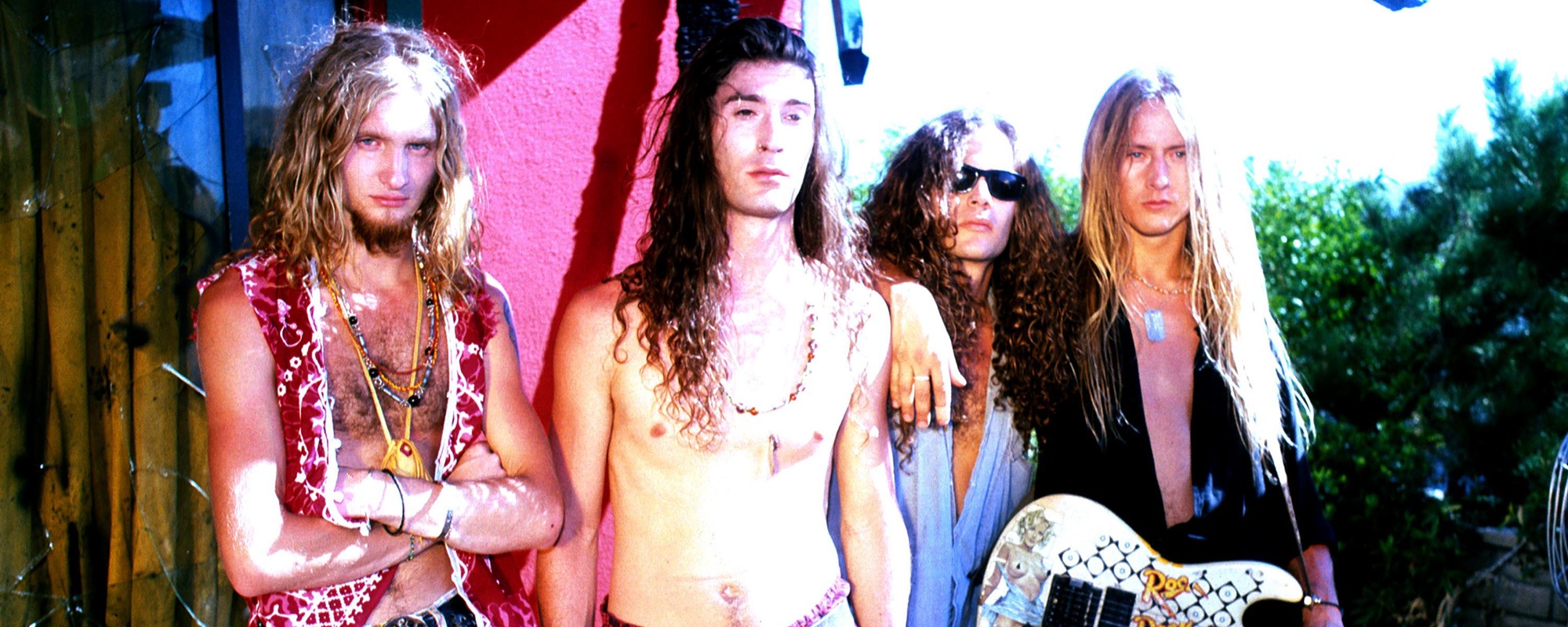
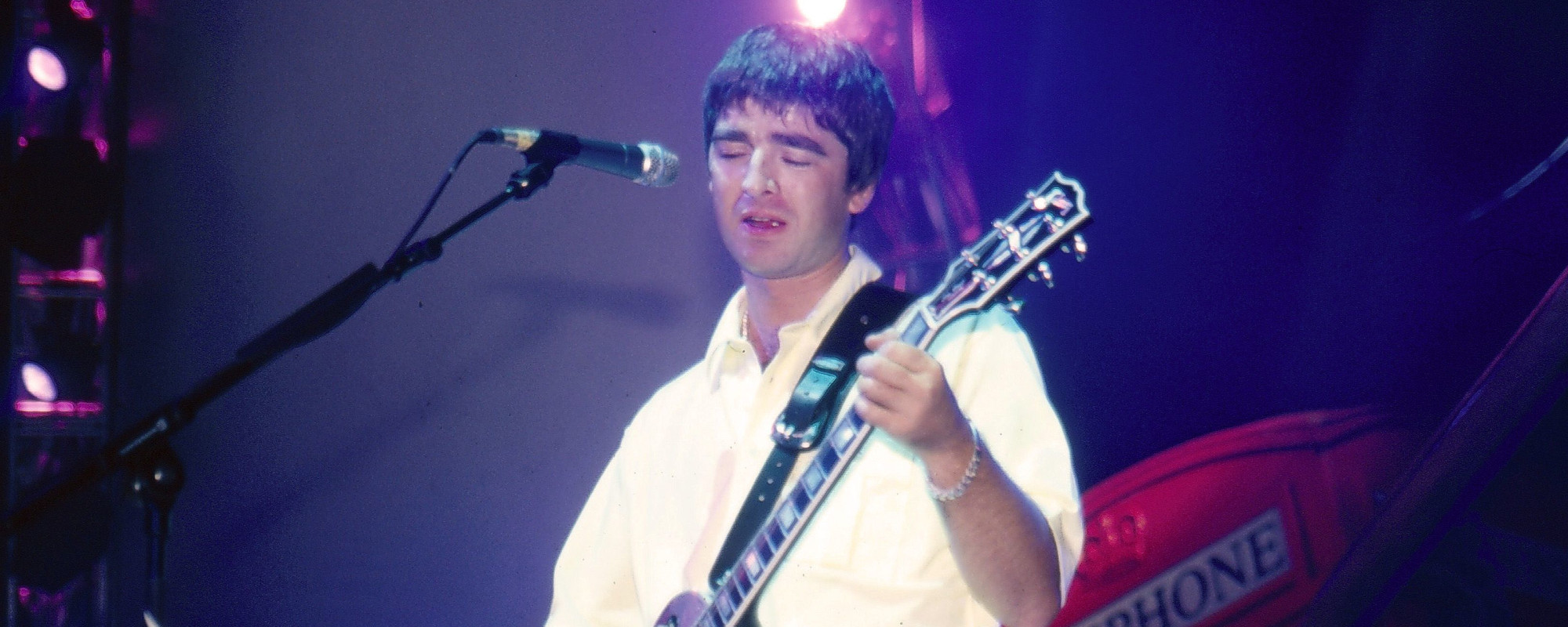
Leave a Reply
Only members can comment. Become a member. Already a member? Log in.